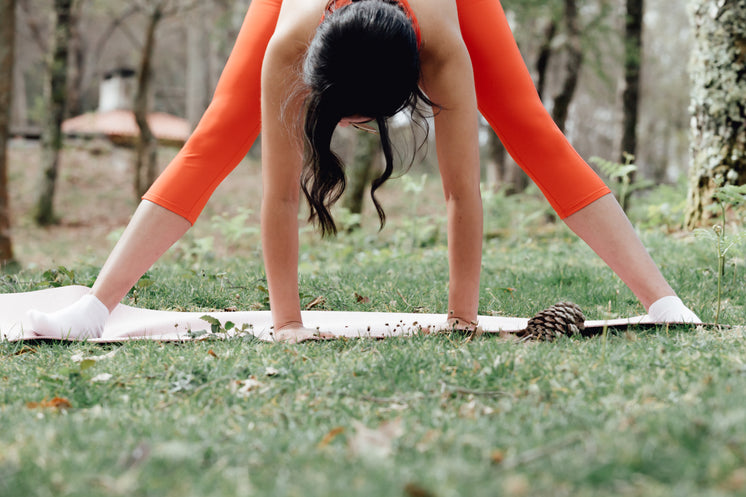Древторг Woodtrade
Онлайн-рынок продукции из дерева
Confidential Information on Normal Blood.
The artificial pancreas led to a nearly 11% improvement overall in keeping blood glucose within range, offering an extra 3 hours a day compared to continuous glucose monitoring and an insulin pump, the study found. Overall I think it's a good program. His hemoglobin is not higher than usual, unless you think it should have fallen during the tour. There are several types of diabetes, which have various treatments. Changing your diet is crucial to combat type 2 diabetes, and swapping some of those unhealthier foods can make the world of difference. "Fiber is the part of plant foods that is non-digestible and there are two types: soluble and insoluble," said Shelley Wood, Glyco Active Side Effects MPH, RDN, clinical dietitian at Santa Clara Valley Medical Center. Most of these meals are usually junk foods from drive-through outlets. Is 144 and Glyco Active Side Effects 88 are normal blood sugar levels? Normal blood glucose levels range from 80-100mg/dL (milligrams per deciliter), fluctuating throughout the day in response to food, activity, medication, illness, and stress. The rest of the week I spent in my maximum hydration mode that I use for illness, probably 80-100 ounces of fluid every day.
Read labels and use tools that help you carb count, not carb guess. Learning how to count carbohydrates can help you achieve your goals for blood sugar levels after eating. This formula doesn’t offer an assortment that any other product can provide. Best herbal remedies can reduce glucose levels miraculously and no insulin will be required for the purpose. If your blood sugar did not go down, take a dose of insulin by syringe or pen and check your blood sugar in 1 hour. Does it take a couple of days to return to those values? If there's a study out there that says that 99% of tour riders see at least a five point drop in their crit during Grand Tours, then I make take another look. A doctor can make dietary and lifestyle recommendations that address an individual’s needs. It's a good argument for testing some of these blood parameters every single day during a tour, so you could actually make some meaningful statements about how the blood is trending. In the entire month of the tour, the difference between Lances highest and lowest values was 2.4. Again, if mild dehydration accounted for my crit changes, just simple randomeness of hydration - when did Lance last pee and drink, how much is he sweating - could account for the variations we see.

I don't know the answer, but the point is, I'd hardly be surprised to see some influence on normal crit values from a rest day. To reduce the risk of health problems, blood sugars need to be kept as close to a normal range as possible. Get inspired: Check out our Daily Health articles for diet and lifestyle tips and advice. Counseling may help manage other coexisting mental health conditions that may negatively influence POTS. Exercise releases a chemical, which help your metabolism and improve your mood. There's no way to account for a rider doing a better job of hydrating one day versus the next, simply because of perception of thirst, or mood. One additional thought. If someone does do training at altitude and raises their hemoglobin/hematocrit, then don't they have a larger than normal proportion of fresh cells to old cells? At any rate, normal reticulocycte counts are around 1%, but with a lot of variation. This probably says more about how uninteresting the other arguments are.
This tells the body to produce more red blood cells. But it also tells the body to release the cells that are already in production, even though they may not be "ripe". It's no surprise to see a low value going into the tour - he was coming off of high-altitude training, and presumably his body had already produced all the red blood cells it needed for altitude. If you are diagnosed with high or low blood sugar it is a good idea to test several times per day to ensure your sugar levels are maintained. Stress can cause hormones to be released, which keep your blood sugar levels high. Really though his crit isn't very high for someone who had been training at altitude. But of course, the big question to me is, how does altitude training compare to taking EPO? And given that the cells last about 120 days, should their crit fall more slowly than someone who had not done altitude training? The new findings suggest that the immune-metabolic imbalance in type 1 diabetes could stem from too few microbial (ie, germ) exposures that have been eliminated in today's more sterile environments, and that reintroduction of a bacterium (BCG) might reset abnormal metabolic functions boosting the immune system to consume sugar and reduce blood glucose levels over time.
О
Популярное содержимое
© 2024 Created by Yuri Khrushch.
При поддержке
![]()
Вы должны быть участником Древторг Woodtrade, чтобы добавлять комментарии!
Вступить в Древторг Woodtrade